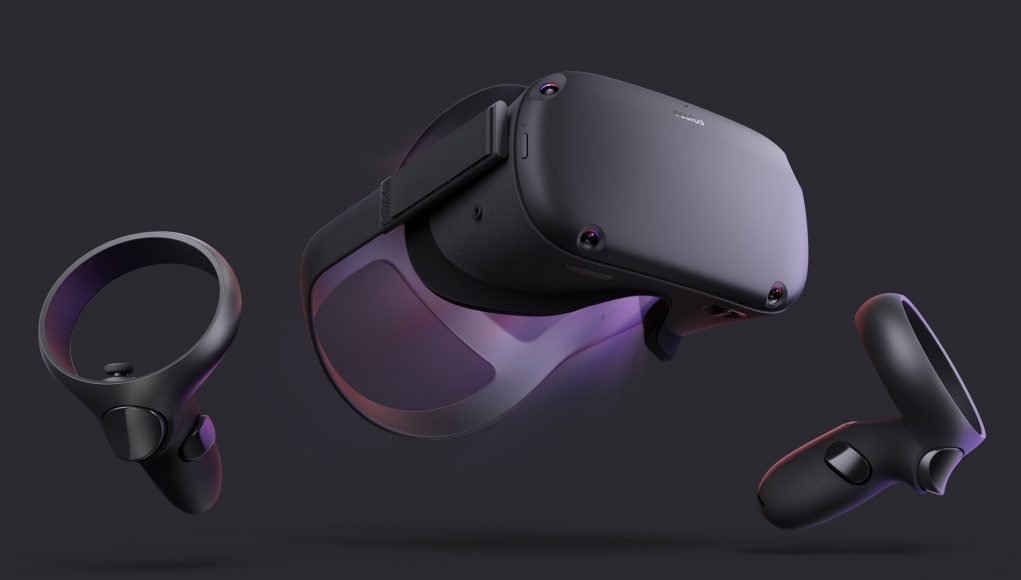Oculus Quest, the company’s newly announced high-end standalone headset, has a USB Type-C connector. VirtualLink, the new VR connector standard created by a consortium of prominent industry players, also uses USB Type-C. So if you happen to own a new flagship GPU with a dedicated VirtualLink port, will you technically be able to take a USB-C cable, plug in the Quest and play your favorite PCVR games? Oculus CTO John Carmack tweeted recently that although “it was debated a lot,” the team ultimately decided against adding in VirtualLink functionality.
Carmack also says the team is currently experimenting with a way to stream over WiFi, although it’s not certain if it will be supported or not.
We did not add any dedicated hardware to act as a PC display (it was debated a lot), but we have a research project going to see what we can do with maxing out WiFi streaming. No promises…
— John Carmack (@ID_AA_Carmack) September 30, 2018
Despite whatever drawbacks VirtualLink compatibility could have raised in Quest, be it the headset’s overall price or even the technical feasibility of adding support, ultimately it makes a certain amount of sense from a business perspective. Oculus is looking to go after a new market segment with Quest—somewhere in between the casual Oculus Go owner and the enthusiast Rift owner, and someone who is unlikely to own a gaming PC stocked with the latest graphics card anyway.
It’s also possible that Oculus won’t announce a second generation Rift for some time either, and that the company will be actively engaged next year in growing Quest’s native ecosystem of games and apps; healthy conjecture that the company doesn’t want to enter hybrid PC-standalone territory just yet.
Just because there’s no dedicated hardware on Quest for VirtualLink compatibility though doesn’t mean indie developers won’t try to create ad hoc support, as projects such as VRidge from Rift Cat have tackled the issue of bringing SteamVR functionality to mobile VR devices such as Gear VR and Oculus Go, albeit through a combination of WiFi streaming and USB cable.
However you slice it though, we’ll just have to wait for Spring 2019 to find out.
A special thanks goes out to Antony “Skarred Ghost” Vitillo for pointing us to the news.






